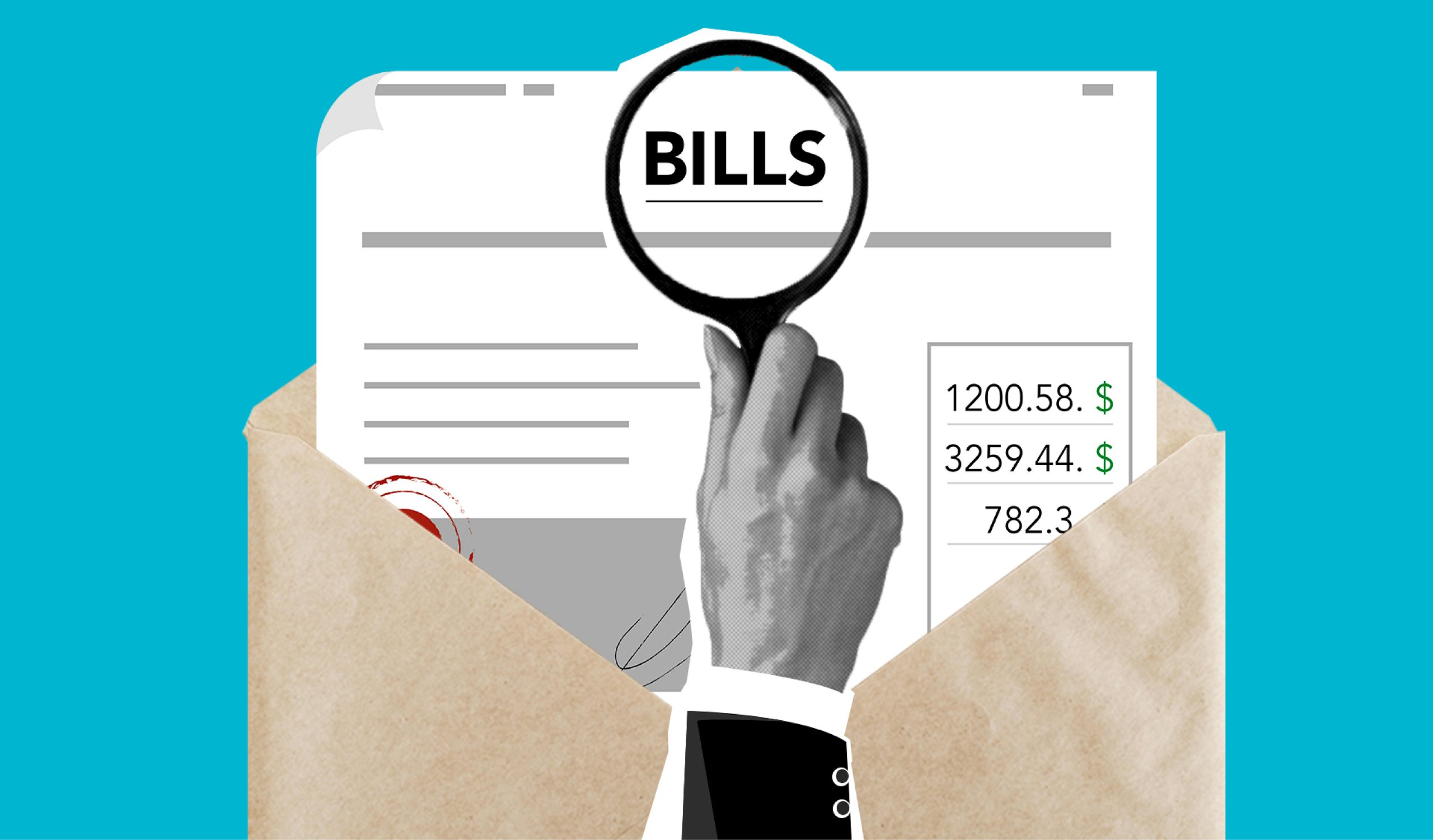Introduction to Consumer Debt in Australia

In the vibrant economy of Australia, consumer debt is a multifaceted phenomenon that touches nearly every household. This debt encompasses various forms, including credit cards, personal loans, mortgages, and student loans. Each type serves different needs, from facilitating daily purchases to enabling significant life milestones like home ownership or higher education.
Understanding the Landscape
Consumer debt in Australia is not just a number; it’s a narrative that reflects the evolving financial habits and economic conditions of the nation. Credit cards, often seen as a double-edged sword, lead the way in short-term borrowing. Personal loans follow, offering a lifeline for immediate needs or desires. Mortgages, the cornerstone of the Australian dream, represent long-term commitments. Lastly, student loans highlight the value placed on education despite the financial burden it may entail.
The Rising Tide of Debt
The trend of escalating consumer debt is unmistakable and carries profound implications. It mirrors the growing appetite for credit but also signals potential stress points in personal finances. This rising tide, while facilitating economic activity, underscores the critical need for financial literacy and prudent debt management.
Understanding consumer debt is paramount. It’s not merely about recognizing the numbers but grasping their impact on individual lives and the broader economy. As debt levels ascend, the importance of informed financial decisions becomes ever more critical. This knowledge empowers individuals to navigate the complexities of debt, ensuring it becomes a tool for advancement rather than a barrier.
Understanding the Impact of Consumer Debt

The ripple effects of consumer debt extend far beyond the initial purchase, weaving into the very fabric of daily life. At its core, the psychological toll is palpable, with stress and anxiety often shadowing the debtor’s every step. This emotional burden can cloud judgment, making it challenging to see a way out. Financial repercussions are equally daunting. Interest accumulates, silently but steadily, eroding the ability to save for future aspirations or even necessities. The specter of a tarnished credit score looms large, potentially closing doors to future financial opportunities. Yet, the impact of consumer debt is not confined to the individual alone. Socially, the stigma attached to debt can strain relationships, altering family dynamics and fostering a cycle of silence and shame. Recognizing these multifaceted effects is the first step towards empowering individuals to reclaim control, transforming debt from a source of despair into a manageable aspect of their financial landscape.
- Psychological effects: Stress and anxiety shadow the debtor, clouding judgment.
- Financial effects: Interest erodes savings, while a poor credit score limits future opportunities.
- Social effects: Stigma and altered family dynamics foster a cycle of silence and shame.
The Role of Financial Literacy in Managing Debt

At the heart of navigating the complex world of consumer debt lies the power of financial literacy. This essential skill set enables individuals to make informed decisions, turning the tide on debt before it becomes overwhelming. Financial education, introduced early in schools and reinforced within communities, serves as the cornerstone for developing a savvy approach to personal finance. It’s not just about learning to budget; it’s about understanding the full spectrum of financial products and how they impact one’s financial health. Effective budgeting and debt management strategies, such as prioritizing high-interest debt and creating a realistic spending plan, are vital tools in the arsenal against debt accumulation. Fortunately, resources abound for those seeking to enhance their financial literacy. In Australia, initiatives like the National Financial Literacy Strategy, spearheaded by the Australian Securities and Investments Commission (ASIC), offer comprehensive guides, tools, and programs designed to elevate financial understanding at every stage of life.
- Financial education: A foundational element in schools and communities.
- Budgeting and debt management: Key strategies for maintaining financial health.
- Resources: Abundant, accessible, and tailored to diverse needs.
Consumer Rights and Protections: A Pillar of Financial Well-being

In the intricate web of financial transactions, consumer rights and protections stand as a beacon of hope, guiding Australians through the potential pitfalls of consumer debt. The landscape of consumer protection laws in Australia is robust, designed to shield individuals from unfair practices and ensure transparency in lending. At the forefront of this protective shield are the Australian Securities and Investments Commission (ASIC) and the Australian Financial Complaints Authority (AFCA), two pivotal entities that empower consumers to stand up against injustice in the financial realm. ASIC, with its regulatory oversight, ensures that financial services operate with integrity, putting the consumer’s interest first. Meanwhile, AFCA offers a recourse for consumers aggrieved by financial services, providing a platform to resolve disputes outside the courtroom. Together, they form a formidable duo, safeguarding Australians from unfair lending practices.
- Consumer protection laws: Designed to shield from unfair practices.
- ASIC: Ensures integrity in financial services.
- AFCA: Offers a platform for dispute resolution.
Understanding the role of these entities and the protections they offer is not just about avoiding pitfalls; it’s about empowering consumers to make informed decisions. It’s a testament to the importance of financial literacy in managing debt, turning what could be a burden into a stepping stone towards financial freedom. Armed with knowledge and the right tools, Australians can navigate the complexities of consumer debt, ensuring it serves as a ladder to their aspirations, not a trap ensnaring their financial future.
Strategies for Reducing and Managing Debt

Amidst the complexities of consumer debt, a beacon of hope shines through effective management strategies. These approaches not only alleviate financial burdens but also pave the way towards a more secure financial future. Debt consolidation and refinancing emerge as powerful tools, simplifying multiple debts into a single, manageable payment with potentially lower interest rates. This strategy not only streamlines finances but can significantly reduce the cost of debt over time. Meanwhile, negotiating with creditors opens a dialogue for more favorable repayment terms, demonstrating a proactive stance in managing one’s financial obligations. The foundation of these strategies rests on the importance of an emergency fund. This financial safety net is crucial, offering a buffer against life’s unforeseen events and reducing the reliance on further borrowing. Lastly, seeking professional advice from financial counsellors provides tailored guidance, empowering individuals with the knowledge and tools to navigate their debt landscape effectively. These counsellors offer a lifeline, illuminating the path towards financial stability.
- Debt consolidation and refinancing: Streamline payments and potentially lower interest rates.
- Negotiating with creditors: Seek more favorable repayment terms.
- Importance of an emergency fund: A financial safety net against unforeseen events.
- Seeking professional advice: Tailored guidance from financial counsellors.
Strategies for Reducing and Managing Debt
Amidst the complexities of financial management, several strategies stand out for their efficacy in reducing and managing debt. Debt consolidation and refinancing options emerge as powerful tools, simplifying multiple debts into a single, manageable payment with potentially lower interest rates. This approach not only streamlines finances but can also lead to significant savings over time. Negotiating with creditors is another critical strategy, often overlooked. Open communication can lead to revised payment plans that align better with one’s financial capacity, easing the burden without compromising credit scores.
- Importance of an emergency fund: An essential buffer, it provides financial security against unforeseen expenses, reducing the need to incur additional debt.
- Seeking professional advice from financial counsellors: Their expertise can unveil options previously considered unattainable, offering a roadmap out of debt.
Embracing these strategies, individuals can navigate their way through the challenges of debt, moving towards a more secure financial future. It’s about taking control, one step at a time, with the right tools and guidance at your disposal.
Strategies for Reducing and Managing Debt
Amidst the complexities of financial management, several strategies stand out for their efficacy in reducing and managing debt. Debt consolidation and refinancing options emerge as powerful tools, simplifying multiple debts into a single, manageable payment with potentially lower interest rates. This approach not only streamlines finances but can also lead to significant savings over time. Negotiating with creditors is another critical strategy, often overlooked. Open communication can lead to revised payment plans that align better with one’s financial capacity, easing the burden without compromising credit scores.
- Importance of an emergency fund: An essential buffer, it provides financial security against unforeseen expenses, reducing the need to incur additional debt.
- Seeking professional advice from financial counsellors: Their expertise can unveil options previously considered unattainable, offering a roadmap out of debt.
Embracing these strategies, individuals can navigate their way through the challenges of debt, moving towards a more secure financial future. It’s about taking control, one step at a time, with the right tools and guidance at your disposal.
Case Studies and Success Stories

In the journey towards financial freedom, real-life examples of Australians overcoming consumer debt offer both inspiration and practical lessons. These stories not only highlight the resilience of individuals but also underscore the transformative impact of debt freedom on their lives.
One such story involves a young couple from Melbourne who found themselves drowning in credit card debt and personal loans. By employing a strategic approach that included debt consolidation, budgeting, and cutting unnecessary expenses, they were able to pay off their debt in three years. The key lesson here is the power of a disciplined budget and the importance of living within one’s means.
Another success story comes from a single mother in Sydney, who, after being laid off, faced the daunting task of managing her mortgage and household expenses on a reduced income. Through meticulous financial planning, negotiating with creditors for better repayment terms, and taking on freelance work, she not only managed to keep her home but also improved her credit score. This case highlights the importance of proactive communication with creditors and the potential of alternative income streams.
The impact of achieving debt freedom extends beyond mere numbers. Individuals report a significant reduction in stress and anxiety, an improvement in family relationships, and a newfound sense of control over their financial future. Financial well-being fosters a positive outlook on life, opening doors to opportunities that were once considered out of reach due to the burden of debt.
These stories serve as a beacon of hope, demonstrating that with the right strategies, determination, and support, overcoming consumer debt is not just a dream but a reachable goal. They remind us that financial literacy and disciplined money management are indispensable tools in the quest for financial independence.
In Closing
Debt freedom is a reachable goal, not just a dream. This assertion is underpinned by the critical role of financial literacy and disciplined money management. Through a deeper understanding of debt’s impact and strategic approaches to its management, individuals can navigate the complexities of financial obligations. The article highlights essential strategies such as debt consolidation, budgeting, and the importance of an emergency fund, offering a roadmap to financial stability. Let this serve as a call to action: embrace financial education, seek professional advice, and take control of your financial future, paving the way for a life unencumbered by debt.

Ayesha Brueckner is your typical 24 year. Carrying a mountain of student debt. Looking at house prices and wondering if buying one will ever be possible. Looking for income solutions outside of a weekly wage. Join her on her investment and wealth research journey.
